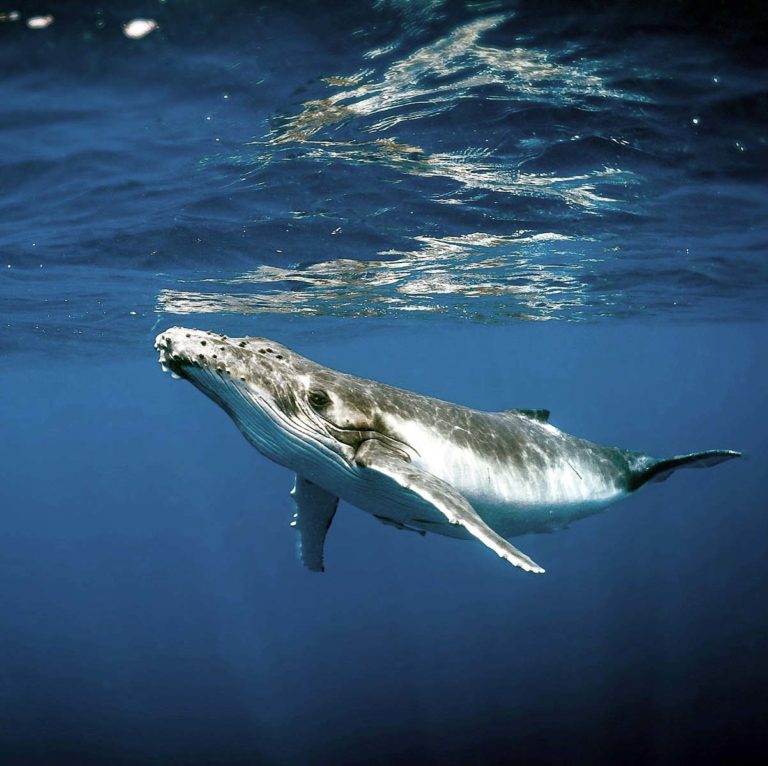Today (20 February) is World Whale Day, so Divernet brings you news of a humpback whale discovery that has taken experts by surprise – and also PADI’s World Whale Day travel guide.
According to a new study in Hawaii, humpback whales are prepared to swim as far as 6,000km between mating grounds for a piece of the action.
The research team, led by James Darling of Whale Trust Maui, analysed a database of more than 450,000 whale images to track their movements. They were amazed to find two North Pacific males photo-identified from their tail markings turning up at two popular mating grounds thousands of miles apart within the space of two months.
One had covered 4,545km travelling from Maui to Mexico’s Revillagigedo archipelago between 23 February and 17 April 2006.
The other had swum the other way, from Guerrero in Mexico to Maui between 16 February and 5 April 2018, a 5,944km journey pursuing a lone female that was also the object of attention of six other males.
Faster than usual
North Pacific humpbacks tend to spend summers further north – the 2006 whale had been identified off Kodiak Island, Alaska and the 2018 whale off British Columbia, Canada.
They move south to warmer waters in winter to mate, preferring a different breeding partner each season, but had previously been thought to restrict their mating to a single location. The assemblies reach their peak in Hawaii and Mexico in February and March.
To visit both locations within the time-span, the two whales must have swum faster than their typical cruising speed, which is 2.5mph.
In 2016 the US National Marine Fisheries Service designated the Mexico and Hawaii assemblies as “Distinct Population Segments”, and under the Endangered Species Act defined the Mexico humpbacks as Threatened and those in Hawaii as Not at Risk.
However, the authors of the new study say that their findings, combined with other evidence of Mexico-Hawaii mixing, could require a reassessment of these whales’ “distinctiveness”. The findings are published in the journal Biology Letters.
How to meet whales in the water
Meanwhile PADI says it wants to make “dreams come true” with a guide to those parts of the world where responsible in-water encounters with humpback and sperm whales as well as orcas are possible.
World Whale Day was started in Hawaii in 1980 by the Pacific Whale Foundation to raise awareness of extinction threats to humpbacks. While PADI acknowledges that there are tight regulations against swimming with these and other whales in many parts of the world, it reckons that encounters in places where the activities of what it considers sustainable tourism operators do not jeopardise the whales.
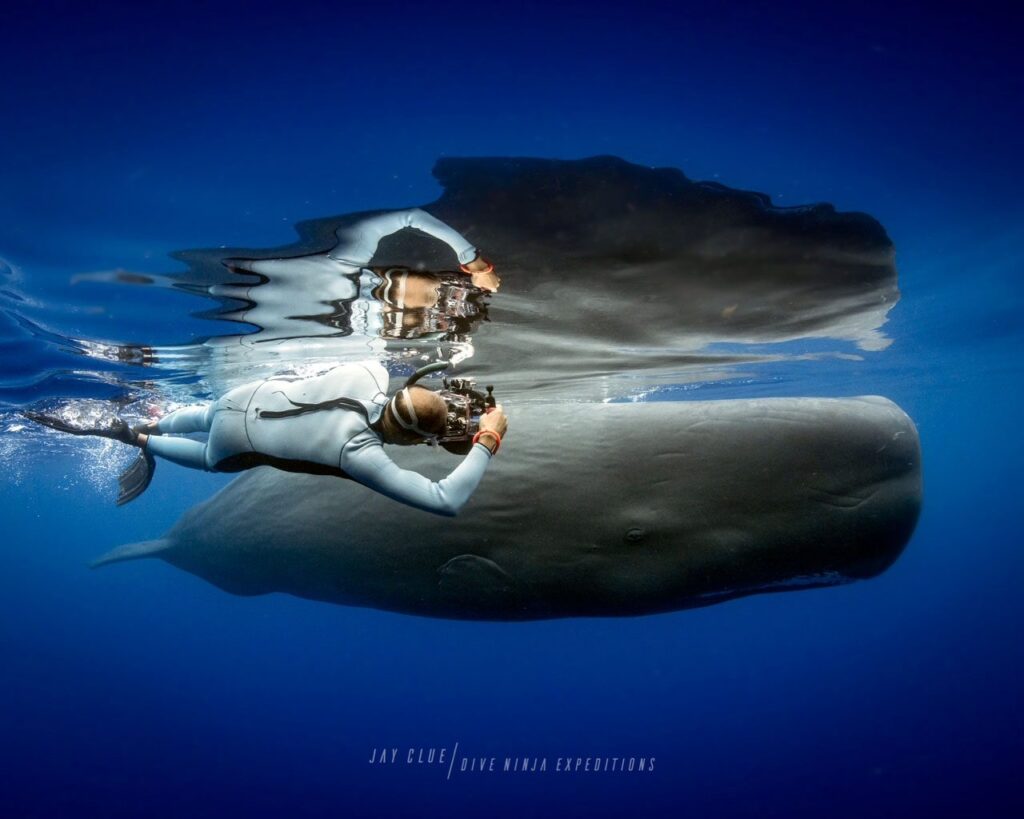
Its first humpback recommendation, from Jay Clue of Mexico-based Dive Ninja Expeditions, is the Pacific island of Tonga, which is likely to be welcoming business by the time of the July-October mating and calving season, following its recent disastrous volcanic experiences. Early booking is important, says Clue.
Also in the Pacific, Tahiti and Moorea in French Polynesia attract humpbacks to give birth from August to October, with daily swim experiences available.
Indian Ocean options include Ningaloo Marine Park in Western Australia, where an estimated 40,000 whales migrate along the coast on route to their feeding grounds. Swims during full-day excursions have little to no impact on the marine environment, according to Clue.
Off south-eastern Africa July-October is the key time, based either in Mozambique’s Tofo or South Africa during the Sardine Run, with scuba diving as well as snorkelling possible.
In the Caribbean the Dominican Republic’s remote marine sanctuary Silver Bank is the place to be from January to April for mating and calving humpbacks. A week-long yacht trip is recommended there.
Sperm whales & orcas
Winter months in the DR are also advised for sperm whales, says Stephane Granzotto, who offers advice on where to swim with the largest (up to 18m) of the toothed whales. They can dive for up to 90 minutes to more than 900m, deeper than most whales, while hunting squid and fish, usually travel alone and are the loudest animals on the planet, he says. They also have the biggest brains.
Snorkelling-only interactions can take place through a licensed operator while the whales are asleep near the surface. This applies in DR and also off Sri Lanka’s north coast from February to April, where blue whale sightings are also a possibility.

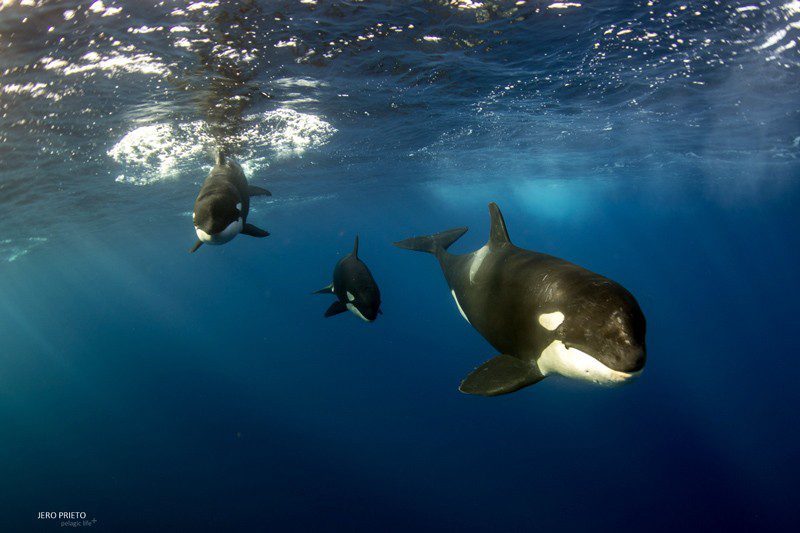
Orca interactions are a relatively easier proposition, though despite the killer whale name they are in fact dolphins. They travel in pods of up to 40, and Tromsø in the far north of Norway tops PADI’s list because thousands of orcas, as well as humpbacks, feed on high concentrations of herring there from October to February.
Scuba diving is possible but not necessary because the orcas stay close to the surface. Again PADI warns that planning ahead is important because of demand. And another location favoured for year-round encounters with three resident orca pods is Baja California Sur, Mexico, with encounters “highly likely”, according to Dive Ninja Expeditions.
6 ways to save whales
PADI offers six tips on how to help to save the whales, still recovering from the centuries of whaling that killed nearly 3 million and now facing threats from fishing-gear entanglement, ship strikes, noise, pollution, habitat loss and plastics particles outnumbering plankton in key feeding grounds.
The agency’s advice is to cut down on personal use of plastics; recycle and minimise litter that can end up in the sea and participate in beach clean-ups; dive with a purpose, such as participating in Dive Against Debris citizen science projects or taking PADI’s Whale Warrior distinctive speciality; support responsible whale tourism; back conservation campaigns from petition-signing to volunteering, donating or adopting a whale; and wear “whale gear” to spread the word.
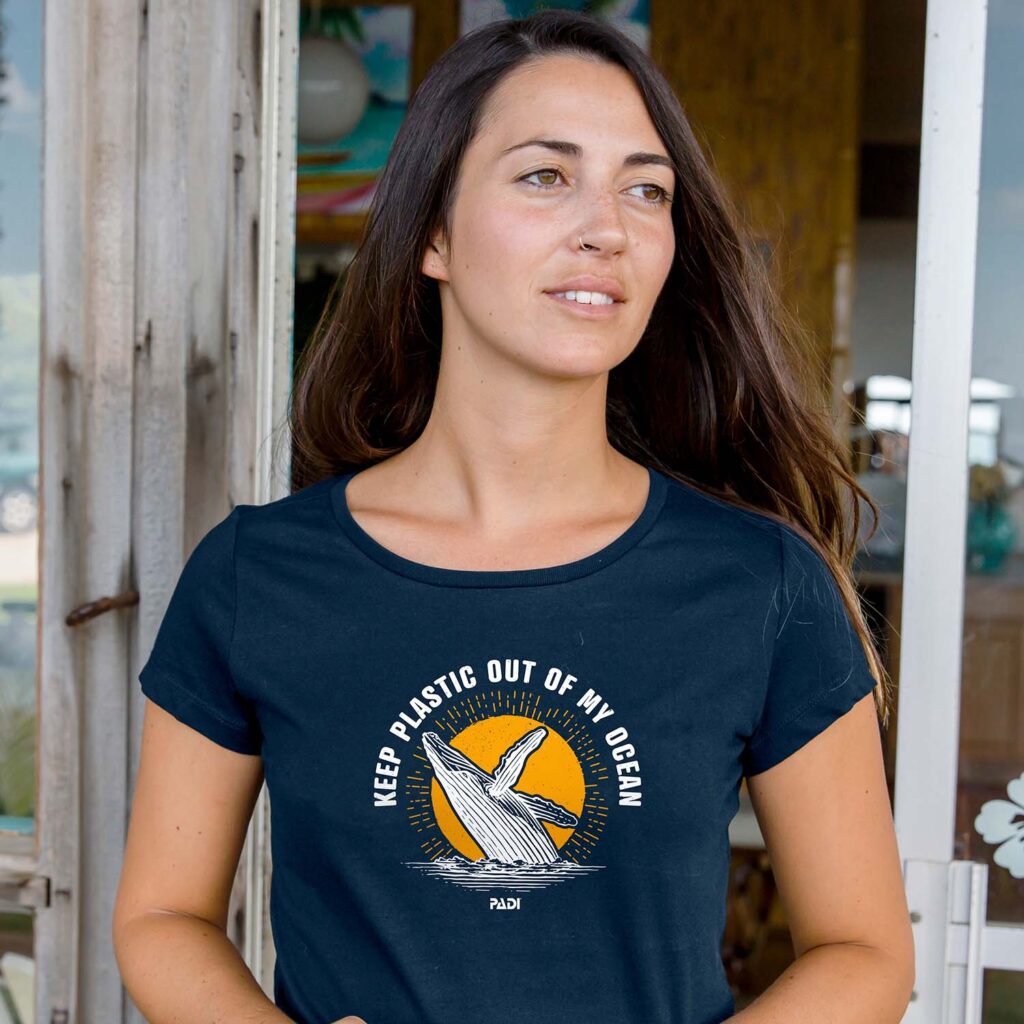

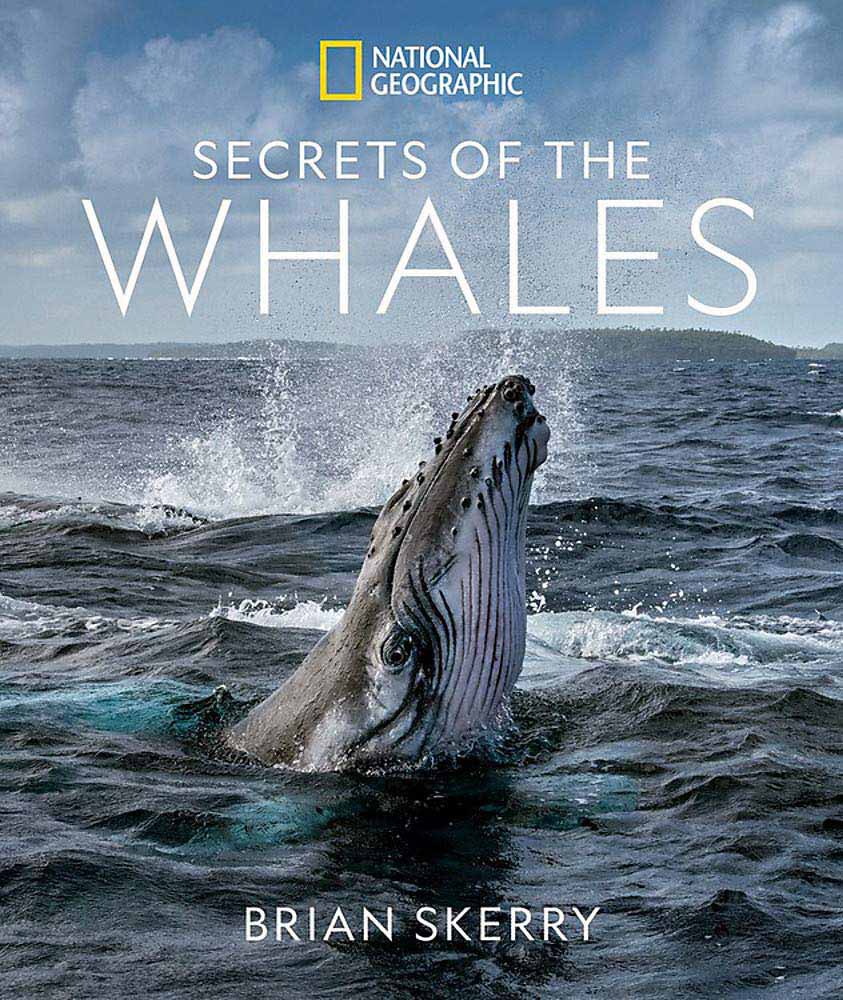

According to PADI, proceeds from sales of items in its Whale Collection go directly towards helping to save the whales through various causes. Included are “Breaching Whale” T-shirts (£25) and tote bags (£15); the Secrets of the Whales book signed by author Brian Skerry (£35); a sterling silver Whale Ring, also £35; and zero-waste Whale Tail Beeswax reusable food wraps from Hawaii (£16 for a pack of three sizes). Find these and other whale merchandise at PADI Gear, and more about whales here.
